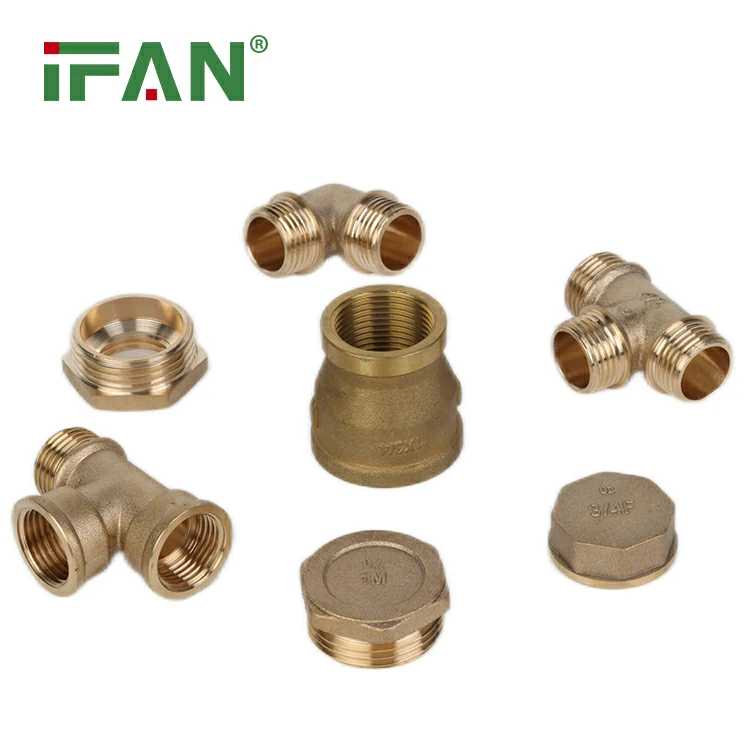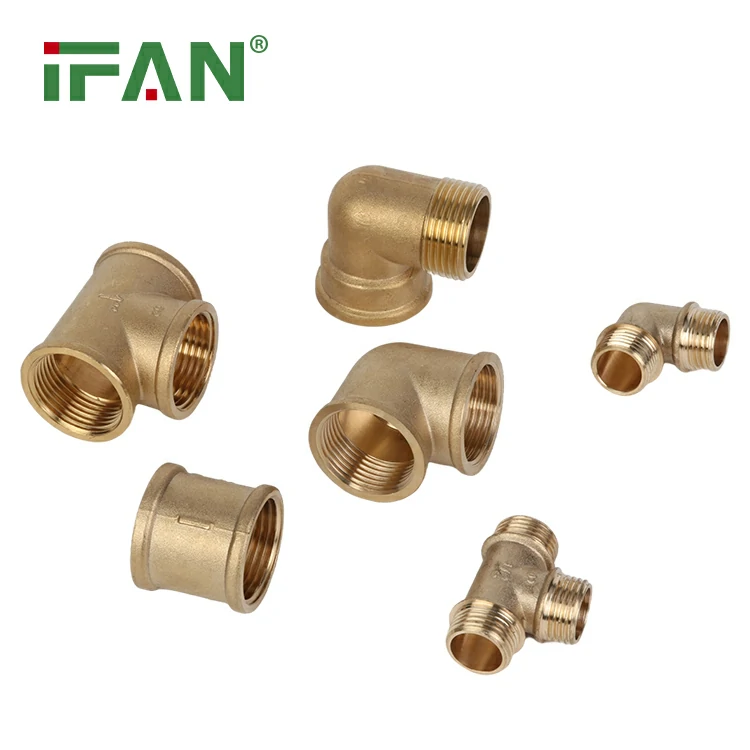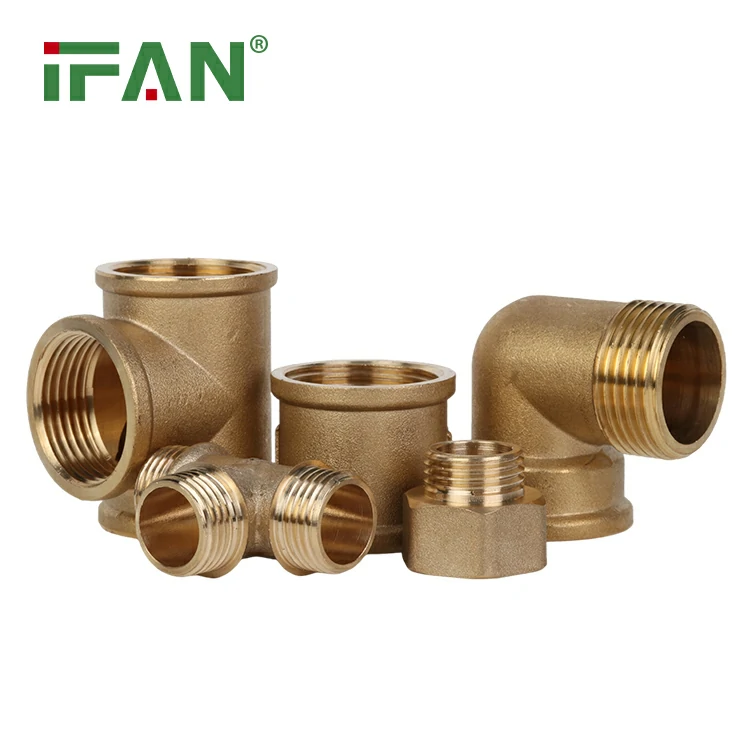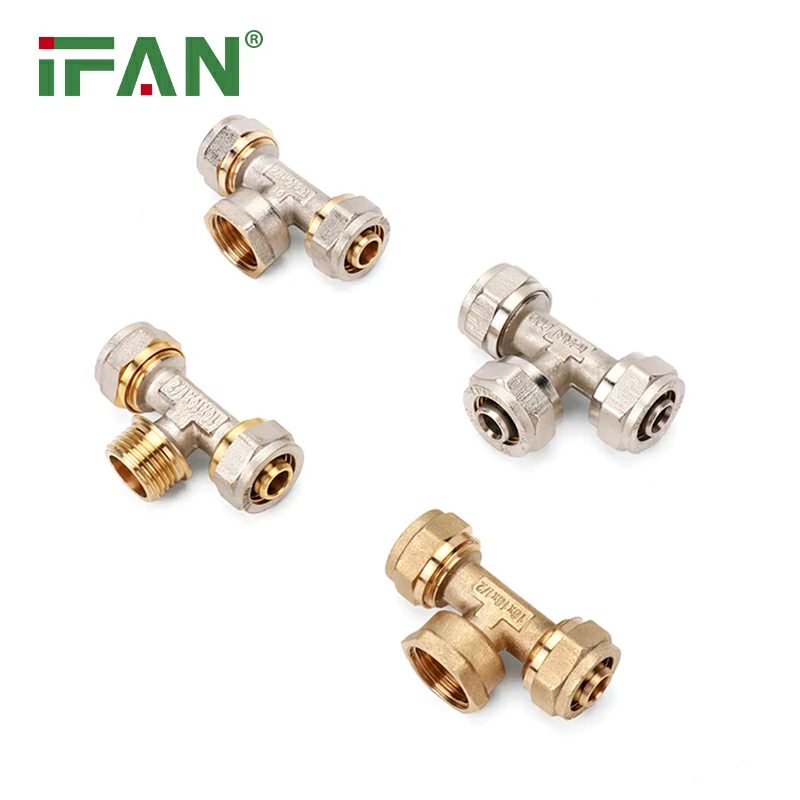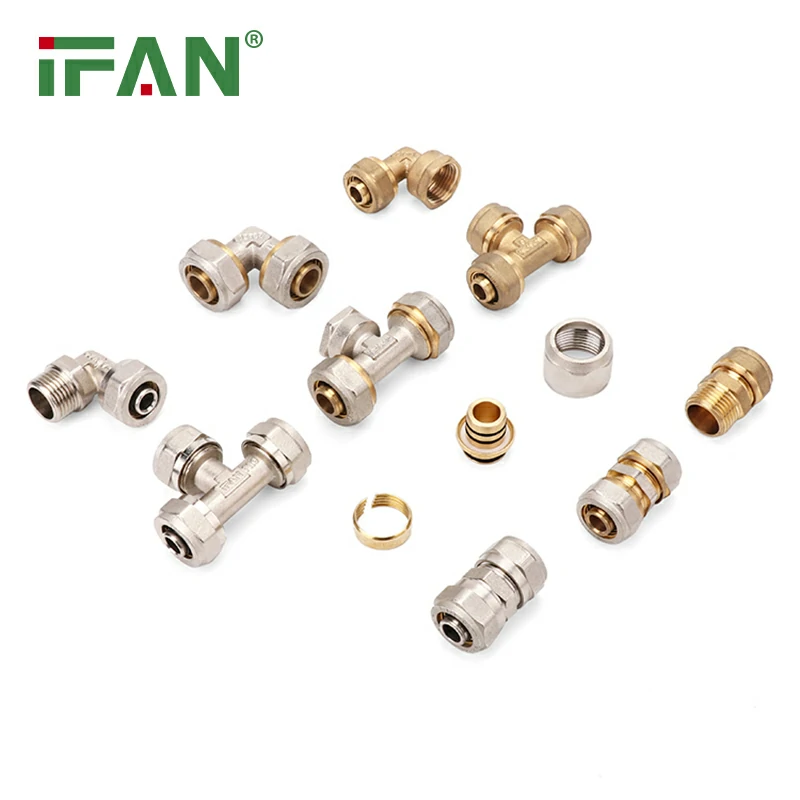IFAN factory 30+ years manufacture experience support color /size customization support free sample.Welcome to consult for catalog and free samples.This is our Facebook Website:www.facebook.com,Click to watch IFAN’s product video.Compared with Tomex products, our IFAN products from quality to price are your best choice, welcome to buy!
When it comes to choosing the right materials for plumbing systems in your home, it’s crucial to select ones that ensure durability, efficiency, and long-term performance. PPR fittings (Polypropylene Random Copolymer fittings) have rapidly become one of the most favored options in modern plumbing systems. They offer a range of advantages that make them particularly well-suited for residential plumbing applications. In this article, we will explore why PPR fittings are the ideal choice for your home’s plumbing system, highlighting their benefits, installation process, and common use cases.
What Are PPR Fittings?
PPR fittings are made from polypropylene random copolymer (PPR), a thermoplastic polymer that is used widely in plumbing systems. These fittings are designed to connect pipes and other components in water supply and heating systems. When used in conjunction with PPR pipes, they form a robust, leak-free, and corrosion-resistant system. The fittings are connected through a process called fusion welding, which ensures a tight, durable bond that withstands pressure and temperature fluctuations.
Benefits of PPR Fittings for Residential Plumbing
1. Durability and Longevity
One of the key advantages of PPR fittings is their exceptional durability. These fittings can last for decades when installed properly, making them a wise investment for homeowners. Unlike metal fittings that may corrode over time, PPR fittings are resistant to corrosion, scaling, and rust. This makes them ideal for water supply systems, particularly in areas with hard water or high mineral content.
The longevity of PPR fittings is further enhanced by their resistance to UV rays, which prevents them from degrading when exposed to sunlight. As a result, these fittings are reliable even in outdoor plumbing installations.
2. Resistance to High Temperatures and Pressure
PPR fittings are designed to withstand high temperatures and pressures, making them ideal for both cold and hot water systems. These fittings can handle water temperatures up to 95°C (203°F), which is significantly higher than many other plastic and metal fittings. This makes PPR fittings suitable for domestic heating systems, including underfloor heating, radiators, and hot water supply systems.
Additionally, the PPR fittings maintain their strength and integrity under pressure, which is essential for residential plumbing systems where water pressure may fluctuate.
3. Ease of Installation
Another reason PPR fittings are an ideal choice for residential plumbing systems is their ease of installation. Unlike metal piping systems, which require soldering, brazing, or complicated tools, PPR fittings are typically joined using a simple fusion welding process. This process involves heating the ends of the pipe and fitting until they become soft and then quickly joining them together to form a strong, leak-proof bond.
The ease of installation reduces labor costs, and because the system is fusion-welded rather than threaded or soldered, there are fewer chances of joint failure or leaks. DIY enthusiasts and professional plumbers alike appreciate the simplicity and reliability of installing PPR fittings.
4. Cost-Effective Solution
PPR fittings are highly cost-effective compared to other materials like copper or stainless steel. The material cost is lower, and the installation process is faster and easier, reducing labor costs. Over time, the savings add up, making PPR fittings an excellent option for homeowners looking to minimize both upfront and long-term expenses.
In addition, the longevity and low maintenance requirements of PPR fittings ensure that the overall cost of owning a PPR-fitted plumbing system is much lower compared to traditional metal systems that may require frequent repairs or replacement.
5. Eco-Friendly Option
As environmental concerns become more prominent, choosing eco-friendly materials for home improvements is important. PPR fittings are an environmentally friendly choice because they are made from recyclable materials. This means that, at the end of their useful life, PPR fittings can be recycled rather than ending up in landfills. Furthermore, their longevity reduces the need for frequent replacements, leading to less waste over time.
6. Leak-Proof and Secure Connections
One of the most important features of PPR fittings is their ability to provide leak-proof connections. The fusion welding process creates a seamless joint between the pipe and the fitting, ensuring that there are no weak points where water could seep through. This makes PPR fittings particularly attractive for residential plumbing systems, where water leaks can cause significant damage to walls, floors, and furniture.
7. Corrosion Resistance
PPR fittings are highly resistant to corrosion, a common issue with traditional metal piping systems. Over time, metals such as copper, brass, and steel can corrode when exposed to water and oxygen, which can lead to rust, leaks, and a reduction in water quality. Since PPR fittings do not corrode, they help maintain a clean and safe water supply in your home.
8. Smooth Inner Surface
The smooth surface of PPR fittings allows water to flow more efficiently through the pipes. This reduces the likelihood of clogging, sediment buildup, or pressure drops that can occur in pipes with rough or corroded surfaces. For homeowners, this means a more efficient plumbing system that requires less maintenance.
Common Uses of PPR Fittings in Residential Plumbing
1. Cold and Hot Water Supply Systems
PPR fittings are widely used in both cold and hot water supply systems due to their resistance to temperature fluctuations and pressure. From faucets and showers to sinks and dishwashers, PPR fittings ensure the safe and efficient flow of water throughout the home.
2. Heating Systems
PPR fittings are often used in underfloor heating systems, radiators, and central heating installations. Their ability to withstand high temperatures makes them an ideal choice for transporting hot water in residential heating systems.
3. Renewable Energy Systems
As renewable energy systems such as solar water heaters gain popularity, PPR fittings are increasingly used to connect various components of these systems. The high temperature resistance of PPR fittings makes them suitable for solar heating systems where temperatures can exceed those found in typical water supply systems.
Installation of PPR Fittings
The installation of PPR fittings is relatively straightforward, but it does require specific tools and techniques. Typically, a PPR welding machine is used to heat the pipe and the fitting before they are joined together. Once the pipe and fitting are properly heated, they are fused to form a secure, leak-proof bond.
Key Steps in Installing PPR Fittings
- Measure and Cut the Pipe: Measure the length of pipe required and cut it using a PPR pipe cutter.
- Prepare the Fittings: Clean the pipe and fitting ends to remove any debris or dust.
- Heat the Pipe and Fitting: Using a PPR welding machine, heat the pipe and fitting to the required temperature.
- Join the Pipe and Fitting: Quickly insert the heated pipe into the fitting, holding them together for a few seconds to allow the fusion process to complete.
- Test for Leaks: Once the joint has cooled, test the system to ensure there are no leaks.
FAQs About PPR Fittings
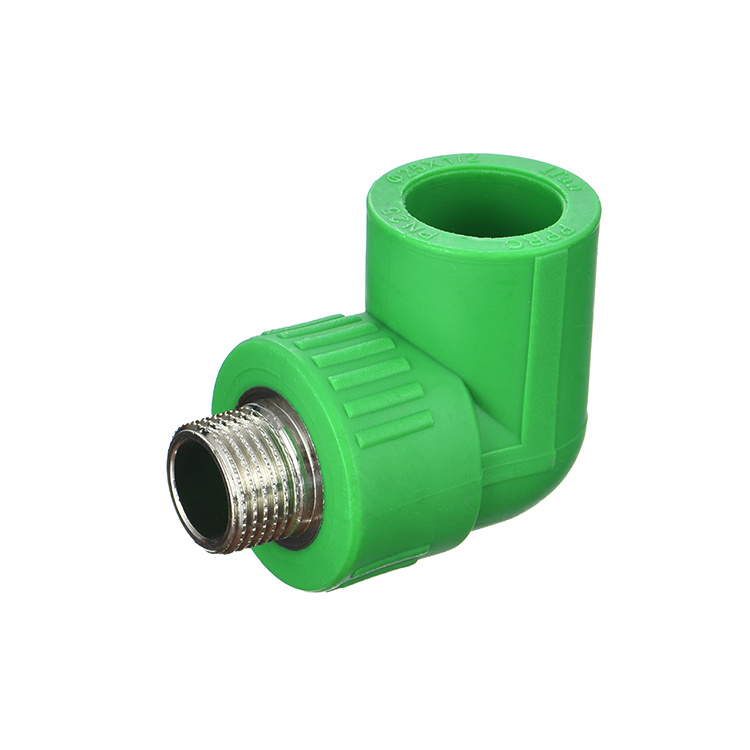
1. Can PPR fittings be used for gas lines?
No, PPR fittings are not suitable for gas lines. They are specifically designed for use in water and heating systems.
2. How long do PPR fittings last?
PPR fittings are designed to last for over 50 years when properly installed and maintained, providing long-term reliability and durability.
3. Are PPR fittings resistant to freezing temperatures?
Yes, PPR fittings can withstand freezing temperatures, making them suitable for use in regions with cold winters. However, insulation is recommended for systems exposed to extreme cold.
4. Can I install PPR fittings myself?
Yes, the installation process for PPR fittings is relatively simple, and many homeowners opt for DIY installation. However, it’s essential to follow the proper techniques and use the correct tools to ensure a secure, leak-free joint.
5. Are PPR fittings eco-friendly?
Yes, PPR fittings are made from recyclable materials, making them an eco-friendly option for residential plumbing systems.
Conclusion
PPR fittings offer a range of benefits, from durability and ease of installation to cost-effectiveness and environmental sustainability. Their resistance to corrosion, high temperatures, and pressure makes them an ideal choice for residential plumbing systems. Whether you are building a new home or upgrading your plumbing system, PPR fittings provide a reliable and long-lasting solution that ensures a safe, efficient, and eco-friendly water supply system.

